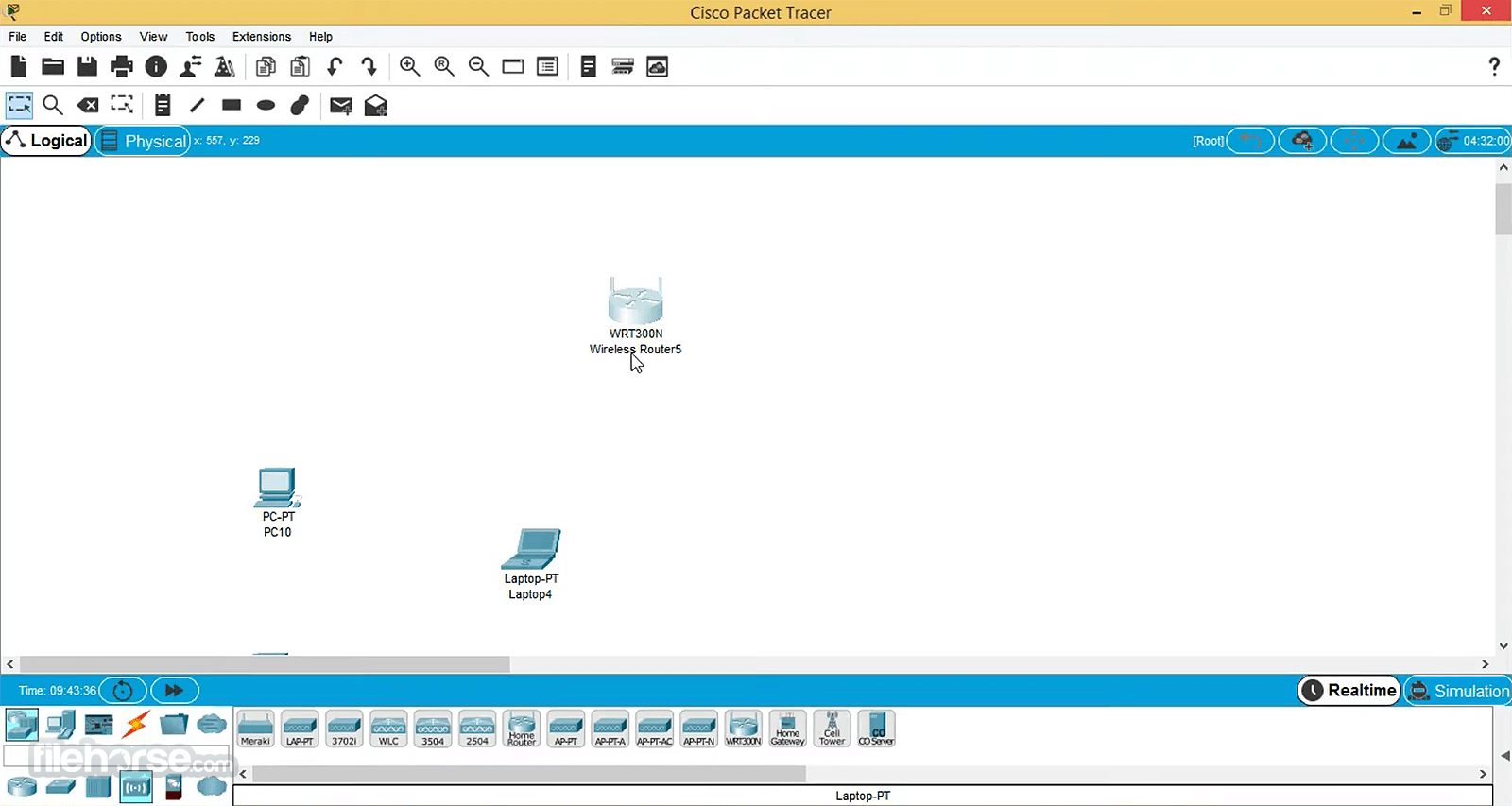- Cisco Ipsec Vpn Client Mac Download
- Download Cisco Ipsec Vpn Client
- Free Ipsec Vpn Client
- Cisco Vpn Mac Client
- Cisco Vpn For Mac
I have a client ipsec vpn set up to an asa5510. There is a mac that is using this via the built in mac ipsec client. They will get disconnected after a period of non-use of the vpn. Then they are not able to reconnect until after multiple tries. I am wondering if there is a built in idle disconn. AnyConnect VPN Client FAQ. This thin design, IPSec implementation is available via Cisco.com for use with any Cisco central site remote access VPN product and is included free of charge with the Cisco VPN 3000 Concentrator. Here is what mine looks like on Mac OSX Mavericks 10.9.2. It would be trivial to configure phase1 and phase2 settings on a IPSEC VPN server to support Mac clients based on the client config information. text remote x.x.x.x doi ipsecdoi; situation identityonly; exchangemode aggressive; myidentifier keyiduse 'xxxxxx'; verifyidentifier off. Cisco VPN Client is a straightforward software solution that enables you to establish connections between your computer and a Virtual Private Network (VPN) using a Cisco VPN device. Use a Cisco device to create a secure tunnel to a VPN. In other words, the Cisco VPN Client employs a Cisco. Thanks John, I manage the back end VPN appliance and have a split-tunnel rule for 1 particular site, it works fine with the vendors client on the MAC, but with the MAC built in Cisco IPSec client/configuration, the traffic does not go anywhere. All other traffic goes down the tunnel fine, but he 1 site/I.P. We split tunnel goes nowhere.
NOTE: The instructions may not be current. Please visit https://credentials.anl.gov/VPN/ for the latest.
As an alternative to downloading the Cisco VPN client for Mac OS X, you can also use the built in IPSec version found on your machine. This might be more convenient for those who wish to avoid installing additional software.
You will need an ANL Domain Account in order to access the VPN.
1. Head over to your System Preferences and to the Network Settings.
System Preferences > Network
2. Add a New interface.
3. Input the following settings:
Interface: VPN
VPN Type: Cisco IPSec
Service Name: This can be anything, I left the default.
4. Edit the new interface details as follows:
Server Address: vpn.anl.gov
Account Name: This is your ANL Domain Username.
Password: Leave this blank, it will prompt you later when connecting.
Cisco Ipsec Vpn Client Mac Download
5. Click on the Authentication Settings.. button as shown above.
Both the Shared Secret and Group Name should be entered as: ipsec
Hit OK and now you should be able to press Connect. This will prompt you for your password and after a successful authentication, you will now be connected to the ANL VPN.
You can also check the Show VPN Status in Menu Bar box for easier access later.
When connecting to a Cisco VPN on Windows, we typically take the route of using third party VPN software such as the Cisco VPN client or Shrew Soft. Each of these products allow you to specify a .pcf file, which contains the VPN information, in order to connect. When trying to accomplish the same goal on Mac OSX, the process isn't as straight forward, however, it also doesn't require a third party client.
In order to connect to a VPN from a Mac, you will need the following information.
- VPN host address
- VPN group name
- VPN group's password
- User name and password for your account on the VPN.
Download Cisco Ipsec Vpn Client
If you have a .pcf file, the first three pieces of information can be found by opening the file in a text editor such as atom, sublime, or TextEdit. If you already have all four pieces of information, then you can skip this next part. Below is a small segment of the file.

You will need the Host, GroupName, and enc_GroupPwd values from this password. There may be a possibility that the password isn't even encoded. If this is the case, the group password may be under the GroupPwd setting.
Free Ipsec Vpn Client
The enc_GroupPwd value is actually an encoded version of the real VPN group password, but don't worry, it isn't very hard to crack. There is a tool online that does this specific job.
Paste the encoded group password from your .pcf file into that tool and you should see the decrypted version. Restore iphone macos catalina.
Now that we have all of this information, go to System Preferences > Network > and click the + sign in the bottom left hand corner to create a new service. Select VPN as the interface type, followed by Cisco IPSec as the VPN type. Service Name is an arbitrary value that is only used as a label for the service.
Cisco Vpn Mac Client
After selecting Create, you are ready to start filling in the details. The Server Address Windows 365 family teams. is the host value that we extracted from the .pcf file earlier. The account name is your account on the network that you are trying to connect to. For example, if account was somedomainbclapp, then I would fill in bclapp into this input. Password is optional. If you don't fill it out, the server will prompt you upon trying to connect every time.
Cisco Vpn For Mac
Next, select Authentication Settings. Under Machine Authentication, select Shared Secret and put the decrypted group password into this input. Inside of the group name input, put the group name from the .pcf file. Finally, select OK and attempt to connect.

